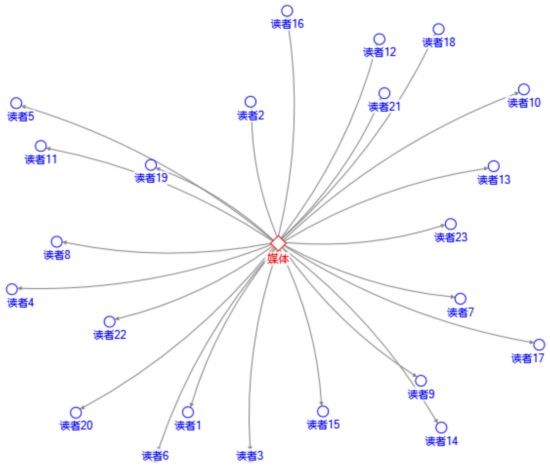
1. The concept of thread pool and the application of the Executors class. After jdk1.5, we can use the static method of the Executors class to create a thread pool object // This method is used to create a thread pool object through the specified parameters. Determine how many thread objects there are in the thread pool. This object implements the ExecutorService interface 1. public static ExecutorService newFixedThreadPool(int nThreads)//This method creates a thread pool. The thread pool will create the number of thread objects based on dynamic tasks. The thread pool object implements the ExecutorService interface 2. public static ExecutorService newCachedThreadPool()//This method creates a thread pool object. There is only one thread object in the object. The thread pool object implements the ExecutorService interface 3.publ
1. java special topic on jdk1.5 thread enhancement

##Introduction: 1. The concept of thread pool and the application of the Executors class. After jdk1.5, we can use the static method of the Executors class to create a thread pool object // This method is used to create a thread pool object and determine the thread pool through the specified parameters. How many thread objects are there, which object implements the ExecutorService interface 1. public static
##2.Java code example of using ScheduledExecutorService to replace Timer

3.
Detailed explanation of Java's use of ExecutorService to achieve synchronous execution A large number of threads (picture)
 ## Introduction: This article mainly introduces Java's use of ExecutorService to implement a large number of synchronous executions Threads, ExecutorService can maintain the stability of our large number of threads when operating critical resources.
## Introduction: This article mainly introduces Java's use of ExecutorService to implement a large number of synchronous executions Threads, ExecutorService can maintain the stability of our large number of threads when operating critical resources.
4.
A summary of several ways to implement multi-threading in Java ##Introduction: There are three main ways to implement multi-threading in JAVA: inheriting the Thread class, implementing the Runnable interface, and using ExecutorService, Callable, and Future to implement multi-threading with returned results. The first two methods have no return value after the thread is executed, and only the last one has a return value.
##Introduction: There are three main ways to implement multi-threading in JAVA: inheriting the Thread class, implementing the Runnable interface, and using ExecutorService, Callable, and Future to implement multi-threading with returned results. The first two methods have no return value after the thread is executed, and only the last one has a return value.
5. mysql timer_MySQL
Introduction: mysql timer is both a mysql event and in actual development , we sometimes need to perform some operations regularly. Most people use the ScheduledExecutorService class to create timings. If this kind of big data is updated, the running speed will be relatively busy. At this time, we can test
 [Related Q&A Recommendations]:
[Related Q&A Recommendations]:
Multi-threading - java uses the current package to fix the thread pool object, how to dynamically scale it?
java ExecutorService Callable task stop and status
java - ThreadPoolExecutor.execute() method doubts
java - What will happen if the ExecutorService is not closed?
The above is the detailed content of How to use ExecutorService? Summary of ExecutorService instance usage. For more information, please follow other related articles on the PHP Chinese website!




